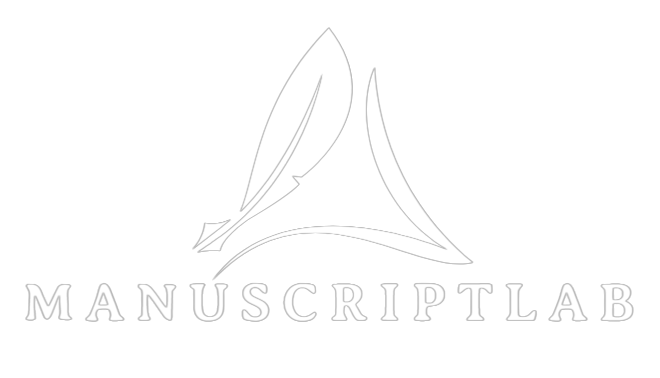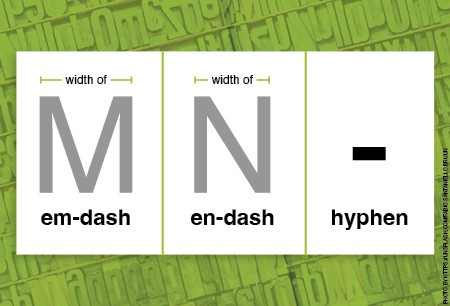In the competitive world of academic publishing, the quality of your research paper can be the deciding factor between acceptance and rejection. While substantial contributions to your field are crucial, the presentation of your findings can significantly impact a paper’s likelihood of acceptance. Proofreading, a crucial but often underestimated step in the writing process, plays a pivotal role in ensuring that your research paper meets the high standards expected by academic journals. This blog post explores how effective proofreading can enhance your research paper’s quality and prevent rejection, offering practical tips and strategies to maximize the impact of your work.
Introduction
Proofreading is the final and most detailed step in the manuscript preparation process. It involves meticulously reviewing a text to identify and correct errors in spelling, grammar, punctuation, and formatting. Despite its critical importance, proofreading is frequently overshadowed by the more prominent tasks of conducting research and writing. However, a well-proofread manuscript can significantly influence reviewers’ and editors’ perceptions, potentially saving your paper from rejection. This post will provide an in-depth analysis of how proofreading contributes to the success of research papers, backed by scholarly insights and practical advice.
The Impact of Proofreading on Paper Acceptance
One of the primary benefits of proofreading is its role in enhancing the clarity and readability of your research paper. According to the Journal of Academic Writing, clear and coherent writing is essential for effectively communicating complex ideas and research findings. Proofreading helps ensure that your arguments are presented logically and that your writing adheres to academic conventions. Errors in grammar, punctuation, or spelling can obscure your message and distract readers, potentially diminishing the impact of your research.
Meeting Journal Standards
Academic journals have stringent formatting and stylistic guidelines that authors must follow. Proofreading ensures that your manuscript adheres to these guidelines, which can significantly influence the acceptance process. The American Psychological Association (APA) Publication Manual emphasizes the importance of adhering to specific formatting rules to maintain consistency and professionalism. A manuscript that meets these standards demonstrates attention to detail and respect for the journal’s requirements, increasing its chances of acceptance.
Avoiding Common Pitfalls
Proofreading helps identify and rectify common errors that could lead to rejection. These include typographical mistakes, inconsistent terminology, and formatting issues. For example, a study published in the Journal of Scholarly Publishing highlights that minor errors, such as incorrect citations or inconsistent use of abbreviations, can negatively impact reviewers’ perceptions and contribute to rejection. Addressing these issues through thorough proofreading can mitigate the risk of rejection based on presentation flaws.
Effective Proofreading Strategies for Academics
Develop a Systematic Approach
A systematic approach to proofreading can enhance its effectiveness. Start by reviewing the manuscript for major errors and then move to finer details. According to The Chicago Manual of Style, a methodical approach allows for a more thorough examination of the text. Begin by checking the overall structure and flow of the paper, then focus on sentence-level issues, and finally, address spelling and punctuation errors.
Utilize Proofreading Tools
Incorporating proofreading tools can aid in identifying errors that might be overlooked during manual review. Software such as Grammarly and Hemingway Editor can assist in detecting grammatical mistakes and improving readability. However, these tools should complement, not replace, human proofreading. As noted by Scholarly Kitchen, while automated tools are useful, they may not fully grasp the nuances of academic writing and subject-specific terminology.

Seek Peer Review
Engaging colleagues or peers in the proofreading process can provide valuable feedback. Peer reviewers, especially those familiar with your field, can offer insights into the accuracy and clarity of your content. According to ResearchGate, peer feedback is crucial for identifying gaps or inconsistencies that may not be apparent to the author. Incorporating feedback from knowledgeable peers can enhance the overall quality of your manuscript and increase its chances of acceptance.
Implement a Proofreading Checklist
Using a proofreading checklist can help ensure that all critical aspects of the manuscript are reviewed. Key items to include in the checklist are:
Spelling and Grammar:
Verify that there are no spelling errors or grammatical mistakes.
Consistency:
Ensure consistency in terminology, formatting, and citation style.
Formatting:
Check that the manuscript adheres to the journal’s formatting guidelines.
References:
Confirm that all references are correctly cited and formatted according to the journal’s style guide.
Elsevier’s Academic Publishing provides valuable resources and checklists for authors, which can be beneficial in developing your own proofreading procedures.

Addressing Common Proofreading Challenges
Overcoming Familiarity Bias
Authors often struggle with familiarity bias, where they overlook errors due to their intimate knowledge of the manuscript. To combat this, The Writing Center at UNC Chapel Hill suggests taking breaks between writing and proofreading sessions. This technique helps authors view the manuscript with fresh eyes, making it easier to spot errors and inconsistencies.
Dealing with Complex Formatting Requirements
Complex formatting requirements can pose challenges during proofreading. Detailed guidelines from journals can sometimes be confusing or subject to frequent updates. Staying informed about the latest guidelines and using formatting tools provided by journals can help manage these challenges. Purdue OWL offers extensive resources on academic formatting and style, which can be invaluable for adhering to specific journal requirements.
Managing Time Constraints
Proofreading can be time-consuming, and balancing this with other academic responsibilities can be challenging. To manage time constraints effectively, allocate specific periods for proofreading and prioritize this step as a critical part of the manuscript preparation process. Creating a proofreading schedule and adhering to deadlines can help ensure that this crucial step is not rushed or neglected.
Conclusion
Proofreading is a critical component of the manuscript preparation process that can significantly influence the acceptance of research papers. By enhancing clarity and readability, meeting journal standards, and avoiding common pitfalls, effective proofreading can prevent rejection and increase the chances of publication. Implementing systematic proofreading strategies, utilizing tools, seeking peer review, and addressing common challenges are essential steps in ensuring that your manuscript meets the high standards expected by academic journals.
For further guidance on proofreading and manuscript preparation, consider exploring the following resources:
• The Chicago Manual of Style
• APA Publication Manual
• Scholarly Kitchen
• Purdue OWL
By investing time and effort into thorough proofreading, you enhance the quality of your research paper, thereby improving its likelihood of acceptance and contributing to the advancement of your field.












